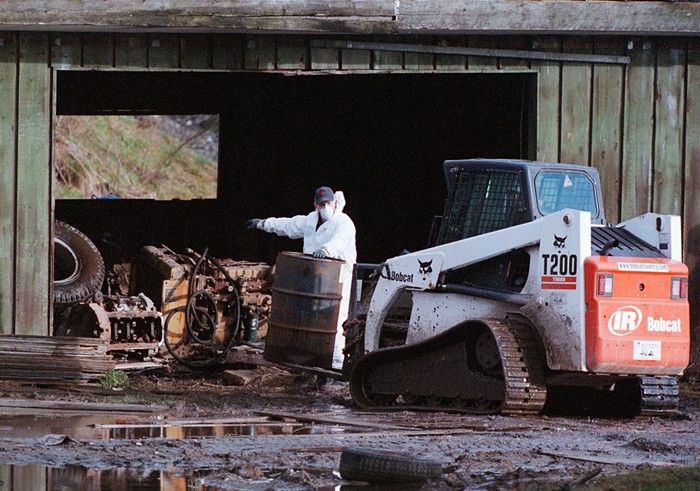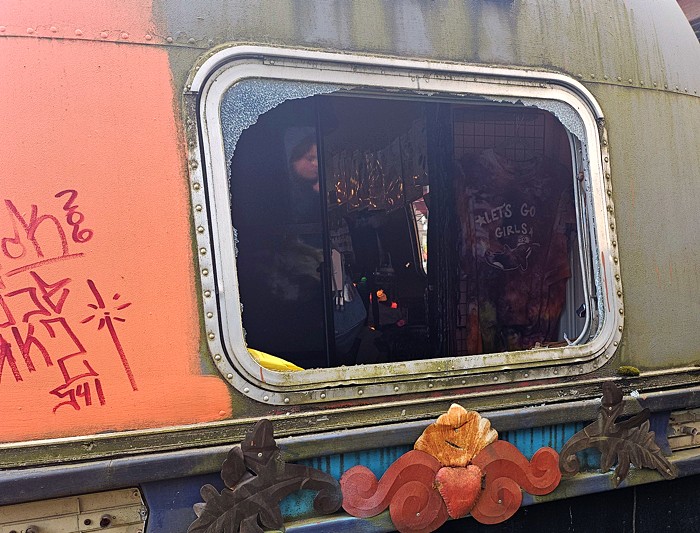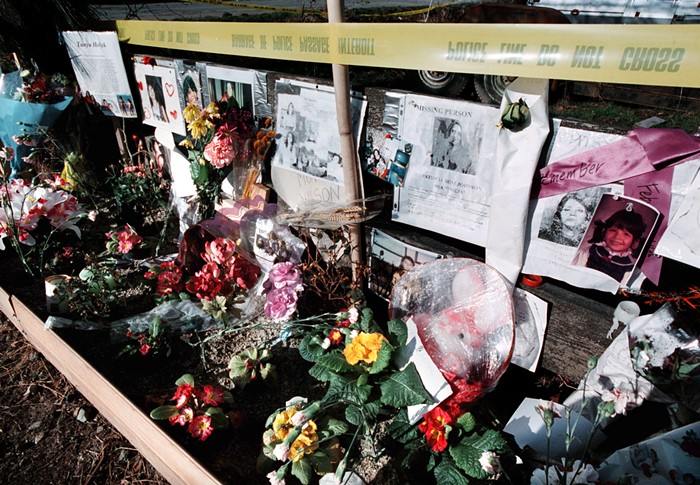And so this is how Robert Pickton's life ends. He was killed by an inmate at a maximum security prison in Quebec. The details of the attack, which happened on May 19, were revealed on the day he died (Friday, May 31) by Rick and Lynn Frey, the father and stepmother of one of Pickford's confirmed victims, Marnie Frey.
Rick Frey to CTV News:
The guy that assaulted him stabbed him first with a toothbrush in the neck, and then he broke a broom handle... And when you break something like a broom handle, you always get a sharp end, and so he took the sharp end and he stuck it into his nose, up into his skull.
The family members are of the opinion that Pickton, who exited at age 74, surely suffered, but not nearly enough. Though convicted for killing six women, Pickton "had bragged about killing 49."
Good riddance: Canadian serial killer Robert Pickton dies after prison assault
— Laura Richards BSc, MSc, MBPsS (@laurarichards99) June 2, 2024
AT LEAST 65 women disappeared from Vancouver’s Downtown Eastside neighborhood in British Colombia between 1978-2001 before Pickton was arrested. Tip of the iceberg no doubt 1/3 https://t.co/eBurRsDPim pic.twitter.com/07LKa47jaK
The identity of Pickton's killer has not been made public, nor has the reason for the attack that resulted in a medically induced coma from which he did not recover. But such a violent end seems consistent with a character who had the nerve to write and publish a memoir that basically praised and exonerated himself, Pickton: In His Own Words. (Amazon distributed the book.)
"Good riddance," wrote BC Premier David Eby in an official statement. But we can't just leave it at that. It's way too easy to fix all of the blame on Pickton, who, incidentally, was "eligible for day parole... and full parole in 2027." The reason he was able to kill so many women between the mid-'90s and early '00s is found in the fact of their class (mostly poor) and race (often Indigenous). Indeed, the police were repeatedly informed of a potential serial killer in Vancouver's Downtown Eastside (a neighborhood with a famously bad reputation), but the department did next to nothing with the information. This went on for four years. Pickton brazenly picked up women, killed them with a knife, and then fed them to the pigs at his farm in Port Coquitlam, a suburb between Burnaby, BC, and the Pitt River. After his arrest in 2002 (at that point the evidence was too overwhelming), the police excavated the farm and found the remains and DNA of 33 women.

I saw and wrote about this excavation in 2003. Few nightmares could match its scale and location. All that mud and dung, the haunted barn, the grim roof of the house, the cold rain, the clanking conveyor belts, the men and women searching for bones, hair, and clothes, and the surrounding suburban developments.
From my article "Death Farm":
Construction presses in along the border of the pig farm. The developers are still building and selling townhouses. One real-estate agent told me that the value of the homes near the farm have not decreased but increased. A house along Dominion Avenue goes for around $300,000 Canadian dollars—roughly $230,000 American. The developers want Pickton's land, and a memorial to sex-trade workers and drug addicts who were murdered in the heart of this thriving suburban area just won't do.
Many of those houses are now worth more than a million dollars.
What you almost never find in Hollywood movies about fictional serial killers is an economic background that's remotely realistic. The victims are not at all like Pickton's or, for that matter, Gary Ridgway's. And there's a good reason for the absence of the obvious class factor. The public is not interested in the down and out. Who cares if you kill a drug addict or a woman of color? This common attitude of indifference and even hostility must not be dissociated with the way we treat the homeless in Seattle, Vancouver, and other North American cities.

















